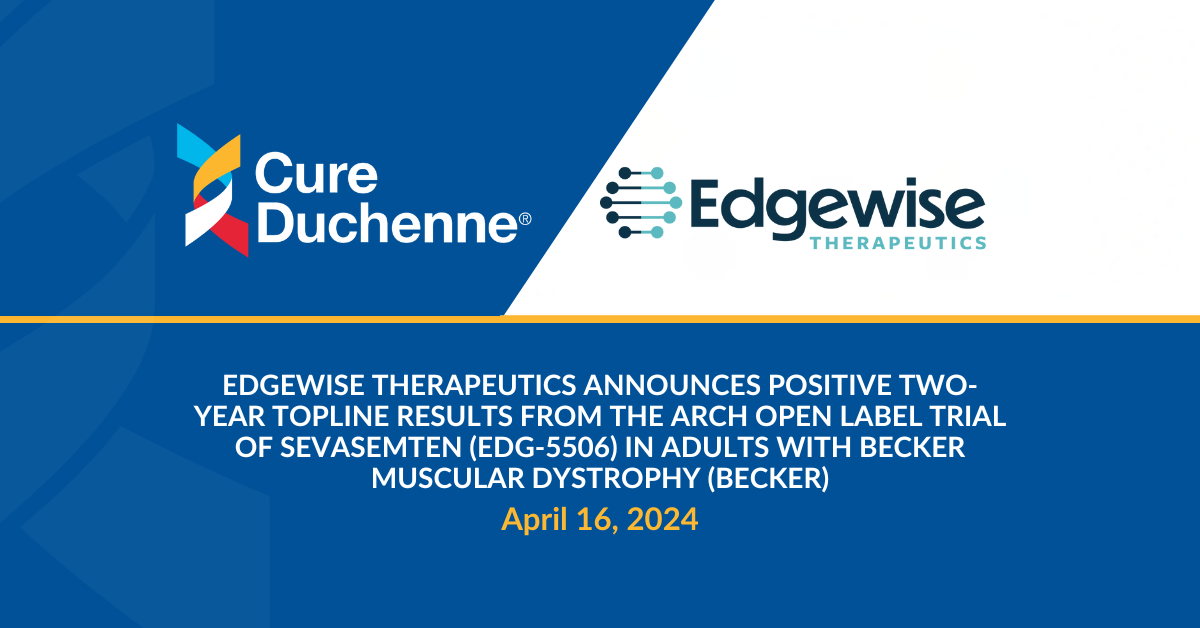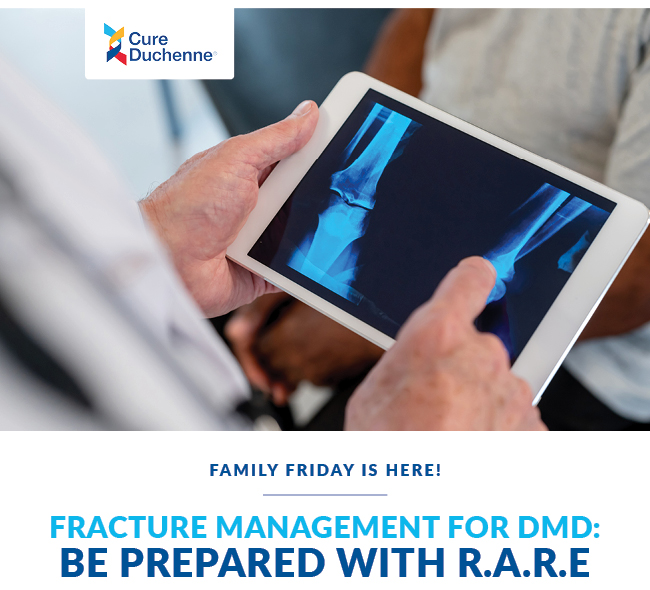24th International Annual Congress of the World Muscle Society (WMS) Day 5 Blog
The last day 24th International Annual Congress of the World Muscle Society (WMS) opened with a talk touching on a growing field in neuromuscular disorders – the use of digital biomarkers to understand disease progression and whether interventions are effective. This can include use of elaborate full body suits during clinic visits to capture entire gait and movement patters, external visual monitoring systems such as Microsoft Kinect, and small wearable devices (like Fitbit and other smartwatches) that can be used for long-term data collection at home. The thought is with more data available, and analyses made possible by machine learning, we will develop more subtle understanding to aid with clinical trial design and recruitment, as well as define and validate measures that can be used as endpoints in future clinical trials.

The day also included updates for many different ongoing clinical trials. This included the following three presentations in DMD:
- Review of the results from Catabasis’s Phase 2 MoveDMD trial and open-label extension, showing that edasalonexent, an oral NF-kB inhibitor, was well tolerated, and associated with positive MRI changes and slowing of disease progression on motor function tests. The Phase 3 trial, PolarisDMD, is fully enrolled at 40 sites globally. It is a 12-month, randomized, double-blind placebo-controlled trial, followed by an open-label extension (GalaxyDMD) where all participants will receive drug.
- Overview of the results from Reveragen’s 18-month open-label trial series with vamorolone (VBP15-002, VBP15-003, and VPB15-LTE). Vamorolone showed improvements in motor function tests, with efficacy similar to prednisone, a standard corticosteroid. However, safety and side-effect data indicate that vamorolone may be preferable, as vamorolone-treated boys showed normal growth rates, and less weight gain and Cushingoid features comparted to published studies with other corticosteroids. A Phase 2b trial (VBP15-004) is currently ongoing, with results expected in a year.
- An interim analysis of Capricor’s HOPE-2 trial was also presented. This randomized, double-blind, placebo-controlled trial is showing that CAP-1002, a cell therapy, improves upper limb, respiratory, and cardiac muscle function in non-ambulant individuals with later-stage DMD. Of note, this is the first placebo-controlled trial in DMD to use the PUL 2.0 for evaluation of efficacy, and to show upper-limb improvements in non-ambulant DMD. Based on these 6-month findings, Capricor will be meeting with the FDA to see if CAP-1002 qualifies for accelerated approval, while a Phase 3 trial is being planned.




